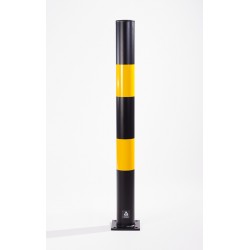
Tactile surfaces, designed predominantly with the visually impaired in mind, are governed by both regulation and good practice. Placement in some environments is mandatory, in oher situations especially in private buidlings, can be seen as good practice.
In the UK, tactile surfaces, particularly those used to aid visually impaired individuals in navigating public spaces, are regulated under the Building Regulations and the Equality Act 2010. These regulations ensure that buildings and public spaces are accessible to all individuals, including those with disabilities. Some key points regarding tactile surfaces in the UK include:
Equality Act 2010: This legislation prohibits discrimination against individuals with disabilities and requires reasonable adjustments to be made to ensure accessibility in public spaces.
Building Regulations: Part M of the Building Regulations in England and Wales, and equivalent regulations in Scotland and Northern Ireland, provide specific guidance on accessibility in buildings and public spaces. This includes requirements for tactile surfaces such as tactile paving.
Tactile Paving: Tactile paving, also known as detectable warning surfaces or tactile ground surface indicators (TGSIs), typically consists of raised or textured patterns that are detectable by touch and serve as warnings or directional cues for visually impaired individuals. These are commonly used at pedestrian crossings, stairs, platform edges, and other hazardous areas.
Design Guidelines: Various design guidelines and standards, such as those provided by the Department for Transport (DfT) and the Royal National Institute of Blind People (RNIB), offer recommendations for the installation and design of tactile surfaces to ensure effectiveness and consistency.
Contrast and Color: Tactile surfaces should provide sufficient contrast with the surrounding environment to be easily detectable by those with visual impairments. This often involves using contrasting colors and materials though in most cases the obvious first choice is a change in texture of the surface.
Maintenance: Regular maintenance of tactile surfaces is essential to ensure their effectiveness and durability. This includes repairing damaged surfaces and maintaining proper contrast. Failure to properly maintain surfaces can lead to them becoming non-compliant.
Consultation and Engagement: Engaging with relevant stakeholders, including individuals with disabilities and accessibility experts, during the design and implementation of tactile surfaces can help ensure that they meet the needs of the intended users.
To explore our range of tactile surfaces take a look here




























Leave a Comment